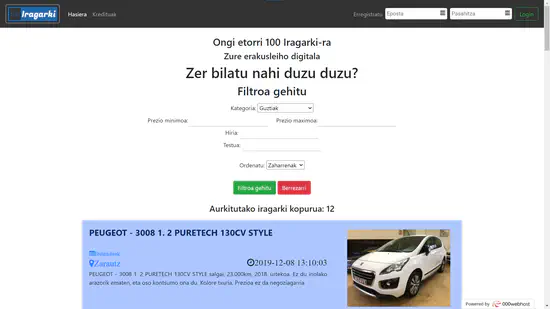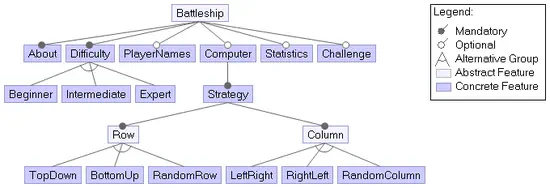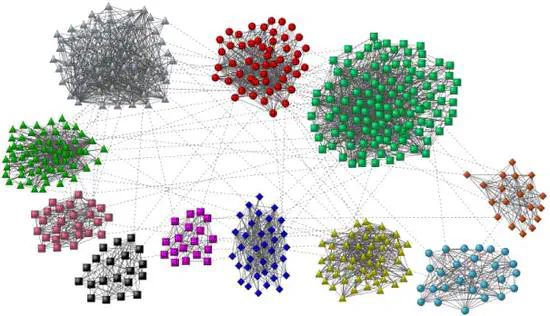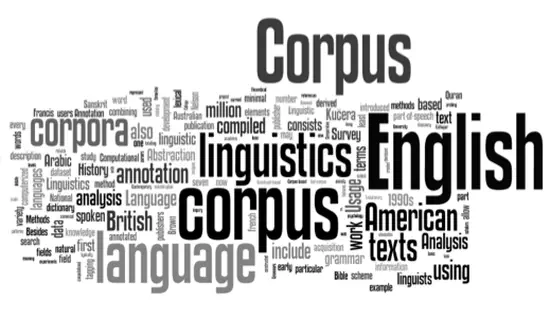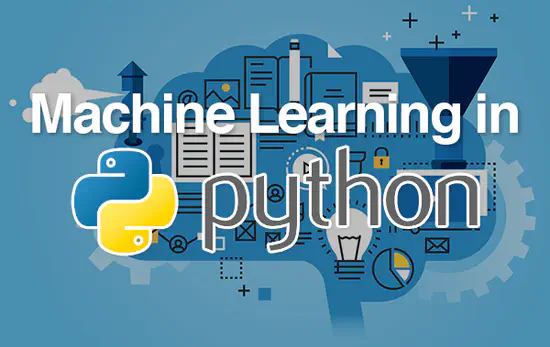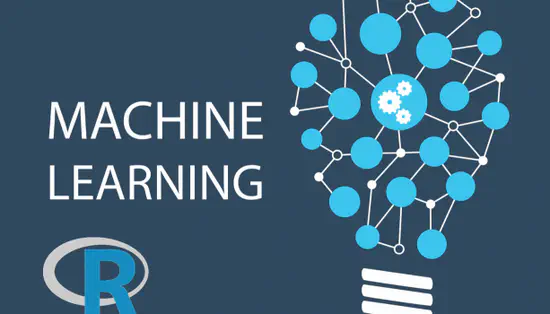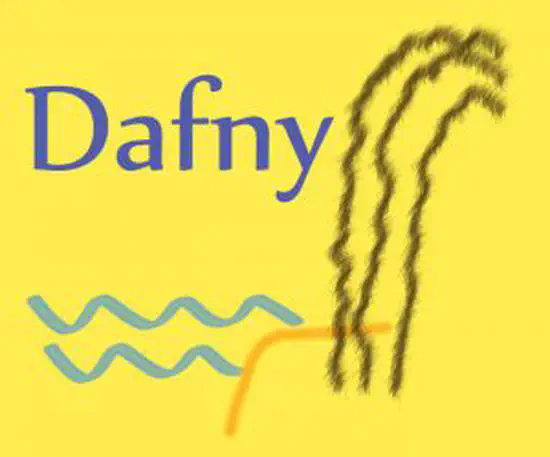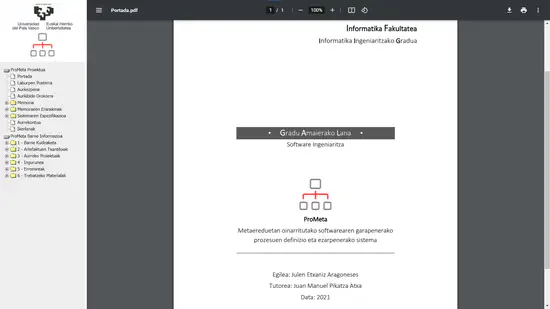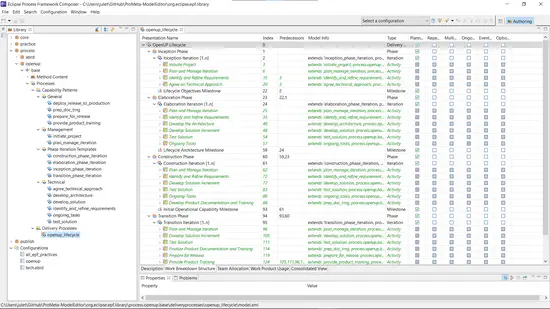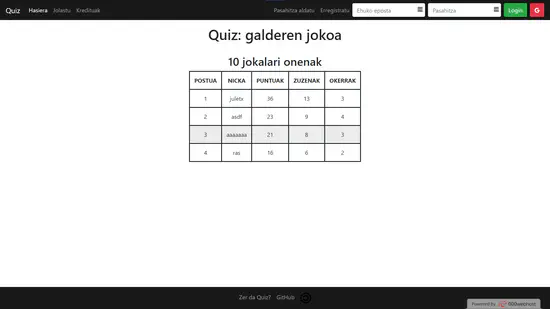Julen Etxaniz
Hizkuntzaren Azterketa eta Prozesamendua Doktoregoko ikaslea
IXA Ikerketa Taldea
HiTZ Hizkuntza Teknologiako Euskal Zentroa
Euskal Herriko Unibertsitatea (UPV/EHU)
Biografia
Hizkuntzaren Azterketa eta Prozesamendua Doktoregoko ikaslea HiTZ Zentroko IXA taldean (UPV/EHU). Hizkuntza ereduak baliabidea urriko hizkuntzetako hobetzeko lanean. Informatika Ingeniaritzan graduatua Software Ingeniaritza espezialitatearekin. Hizkuntzaren Azterketa eta Prozesamendua Masterra.
Web honetan informazio hau aurkituko duzu: Trebetasunak, Ziurtagiriak, Proiektuak, Etiketak eta Kontaktua.
- Programazioa
- Web Garapena
- Software Ingeniaritza
- Ikasketa Automatikoa
- Ikasketa Sakona
- Hizkuntzaren Prozesamendua
Informatika Ingeniaritzako Gradua, 2017-2021
Euskal Herriko Unibertsitatea (UPV/EHU)
Hizkuntzaren Azterketa eta Prozesamendua Masterra, 2021-2022
Euskal Herriko Unibertsitatea (UPV/EHU)
Hizkuntzaren Azterketa eta Prozesamendua Doktoregoa, 2023-Gaur
Euskal Herriko Unibertsitatea (UPV/EHU)
Esperientzia
Ziurtagiriak
Hizkuntzak
Programazio Lengoaiak
Web Garapena
Software Ingeniaritza
Ikasketa Automatikoa
Tresnak
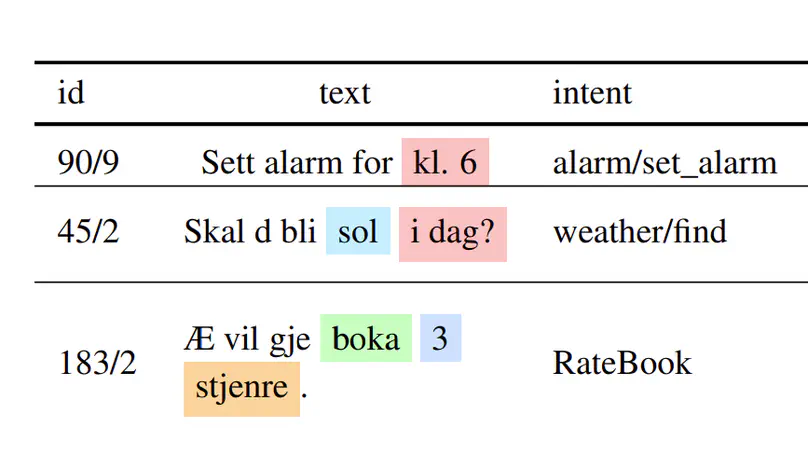
In this paper we present our submission for the NorSID Shared Task as part of the 2025 VarDial Workshop (Scherrer et al., 2025), consisting of three tasks: Intent Detection, Slot Filling and Dialect Identification, evaluated using data in different dialects of the Norwegian language. For Intent Detection and Slot Filling, we have fine-tuned a multitask model in a cross-lingual setting, to leverage the xSID dataset available in 17 languages. In the case of Dialect Identification, our final submission consists of a model fine-tuned on the provided development set, which has obtained the highest scores within our experiments. Our final results on the test set show that our models do not drop in performance compared to the development set, likely due to the domain-specificity of the dataset and the similar distribution of both subsets. Finally, we also report an in-depth analysis of the provided datasets and their artifacts, as well as other sets of experiments that have been carried out but did not yield the best results. Additionally, we present an analysis on the reasons why some methods have been more successful than others; mainly the impact of the combination of languages and domain-specificity of the training data on the results.
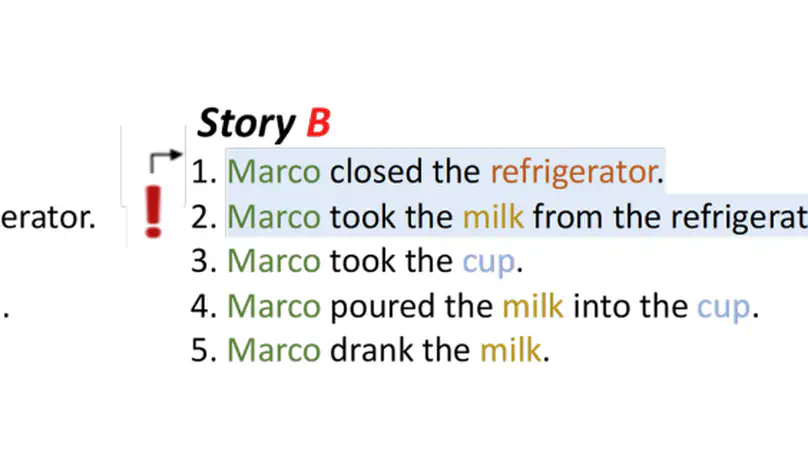
In the context of the CALAMITA Challenge, we investigate the physical commonsense reasoning capabilities of large language models (LLMs) and introduce a methodology to assess their understanding of the physical world. To this end, we use a test set designed to evaluate physical commonsense reasoning in LLMs for the Italian language. We present a tiered dataset, named the Graded Italian Annotated dataset (GITA), which is written and annotated by a professional linguist. This dataset enables us to focus on three distinct levels of commonsense understanding. Our benchmark aims to evaluate three specific tasks: identifying plausible and implausible stories within our dataset, identifying the conflict that generates an implausible story, and identifying the physical states that make a story implausible. We perform these tasks using LLAMA3, Gemma2 and Mistral. Our findings reveal that, although the models may excel at high-level classification tasks, their reasoning is inconsistent and unverifiable, as they fail to capture intermediate evidence.
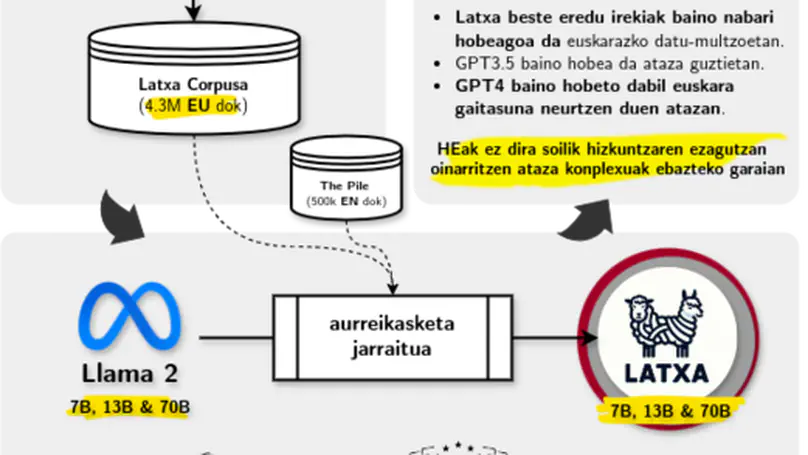
Artikulu honetan Latxa hizkuntza-ereduak (HE) aurkeztuko ditugu, egun euskararako garatu diren HE handienak. Latxa HEek 7.000 miloi parametrotik 70.000 milioira bitartean dituzte, eta ingeleseko LLama 2 ereduetatik eratorriak dira. Horretarako, LLama 2 gainean aurreikasketa jarraitua izeneko prozesua gauzatu da, 4.3 milioi dokumentu eta 4.200 milioi token duen euskarazko corpusa erabiliz. Euskararentzat kalitate handiko ebaluazio multzoen urritasunari aurre egiteko, lau ebaluazio multzo berri bildu ditugu: EusProficiency, EGA azterketaren atariko frogako 5.169 galdera biltzen dituena; EusReading, irakurketaren ulermeneko 352 galdera biltzen dituena; EusTrivia, 5 arlotako ezagutza orokorreko 1.715 galdera biltzen dituena; eta EusExams, oposizioetako 16.774 galdera biltzen dituena. Datu-multzo berri hauek erabiliz, Latxa eta beste euskarazko HEak ebaluatu ditugu (elebakar zein eleanitzak), eta esperimentuek erakusten dute Latxak aurreko eredu ireki guztiak gainditzen dituela. Halaber, GPT-4 Turbo HE komertzialarekiko emaitza konpetitiboak lortzen ditu Latxak, hizkuntza-ezagutzan eta ulermenean, testu-irakurmenean zein ezagutza intentsiboa eskatzen duten atazetan atzeratuta egon arren. Bai Latxa ereduen familia, baita gure corpus eta ebaluazio-datu berriak ere lizentzia irekien pean daude publiko https://github. com/hitz-zentroa/latxa helbidean.
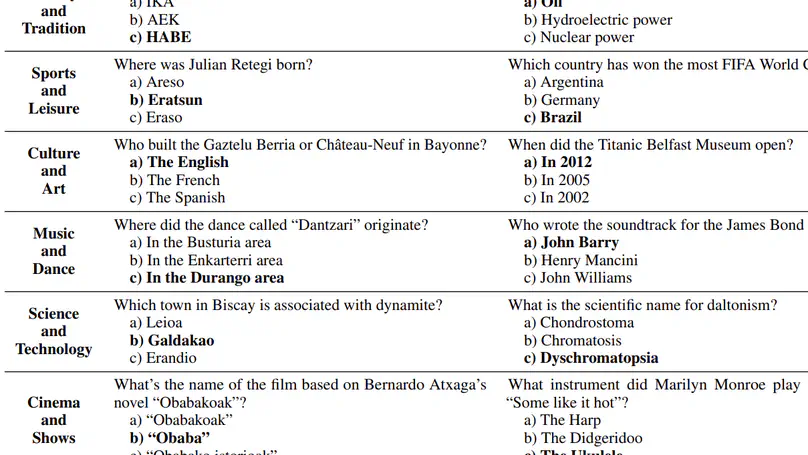
Large Language Models (LLMs) exhibit extensive knowledge about the world, but most evaluations have been limited to global or anglocentric subjects. This raises the question of how well these models perform on topics relevant to other cultures, whose presence on the web is not that prominent. To address this gap, we introduce BertaQA, a multiple-choice trivia dataset that is parallel in English and Basque. The dataset consists of a local subset with questions pertinent to the Basque culture, and a global subset with questions of broader interest. We find that state-of-the-art LLMs struggle with local cultural knowledge, even as they excel on global topics. However, we show that continued pre-training in Basque significantly improves the models’ performance on Basque culture, even when queried in English. To our knowledge, this is the first solid evidence of knowledge transfer from a low-resource to a high-resource language. Our analysis sheds light on the complex interplay between language and knowledge, and reveals that some prior findings do not fully hold when reassessed on local topics. Our dataset and evaluation code are available under open licenses at https://github.com/juletx/BertaQA.
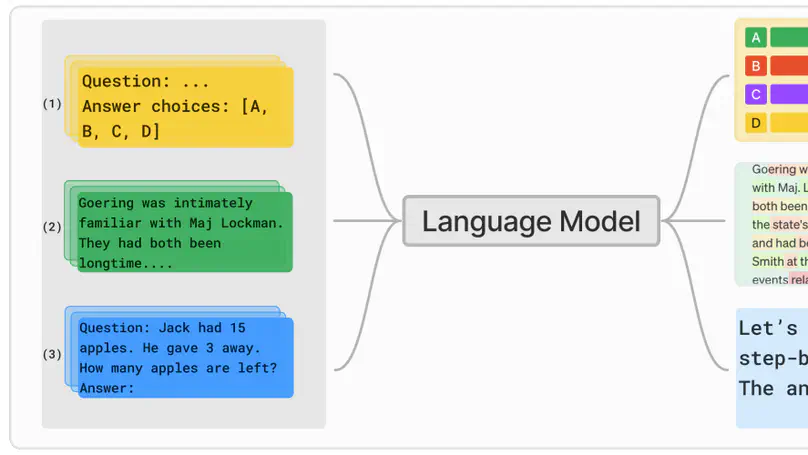
Effective evaluation of language models remains an open challenge in NLP. Researchers and engineers face methodological issues such as the sensitivity of models to evaluation setup, difficulty of proper comparisons across methods, and the lack of reproducibility and transparency. In this paper we draw on three years of experience in evaluating large language models to provide guidance and lessons for researchers. First, we provide an overview of common challenges faced in language model evaluation. Second, we delineate best practices for addressing or lessening the impact of these challenges on research. Third, we present the Language Model Evaluation Harness (lm-eval): an open source library for independent, reproducible, and extensible evaluation of language models that seeks to address these issues. We describe the features of the library as well as case studies in which the library has been used to alleviate these methodological concerns.
Proiektuak
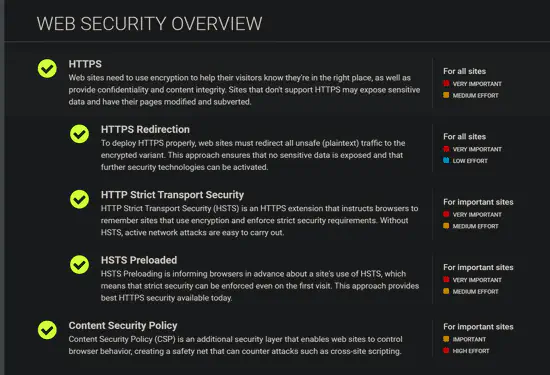
Mejorando la seguridad de mi web
Analizaré mi web con herramientas como Hardenize y Security Headers para detectar los aspectos de seguridad que se pueden mejorar.
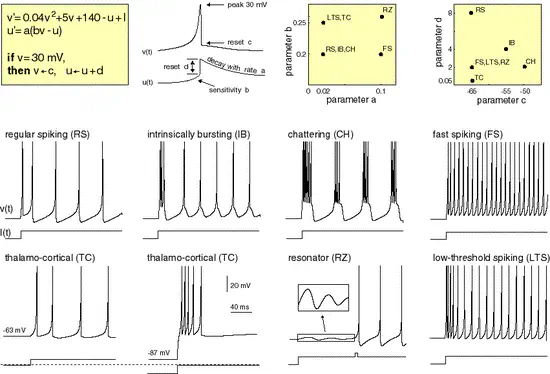
Spiking Neural Network
Simulating the Izhikevich spiking neuron model using the Brian2 software
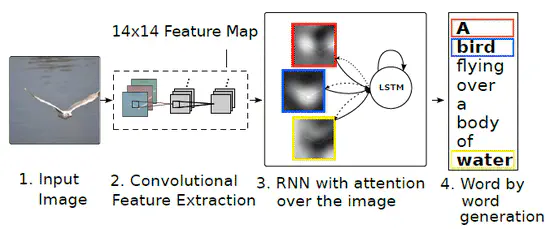
Image Caption Generation
Automatic Image Caption Generation model that uses a CNN to condition a LSTM based language model.

Shape Classification
The goal of the project is to compare different classification algorithms on the solution of plane and car shape datasets.
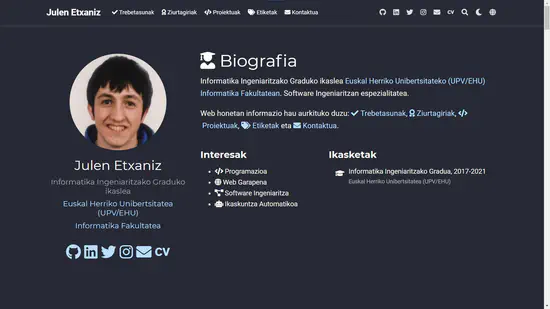
Academic Webgunea
Academic webgune pertsonala, atal hauek dituena: deskribapena, esteka sozialak, biografia, interesak, ikasketak, trebetasunak, esperientzia, lorpenak, proiektuak eta kontaktuko infomazioa.
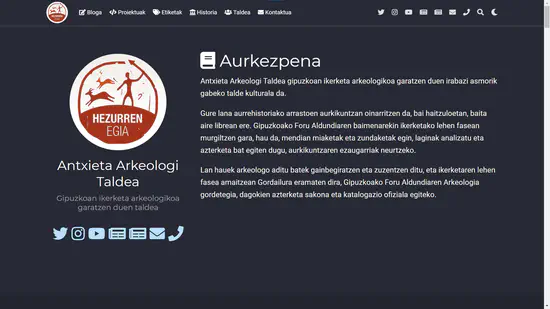
Antxieta Arkeologi Taldea Webgunea
Antxieta Arkeologi Taldearen webgunea, gipuzkoan ikerketa arkeologikoa garatzen duen irabazi asmorik gabeko talde kulturala.

Comparing Writing Systems
Comparing Writing Systems with Multilingual Grapheme-to-Phoneme and Phoneme-to-Grapheme Conversion.
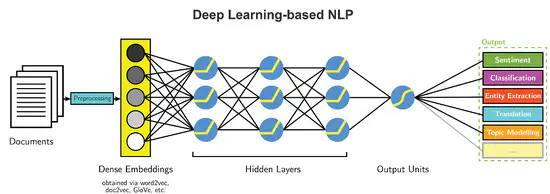
Deep Learning for Natural Language Processing
Deep Learning for Natural Language Processing slides, labs and assignments.
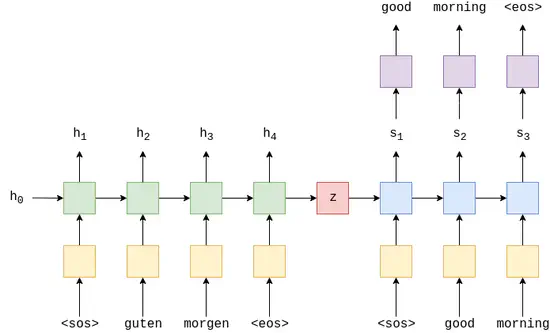
Dialbot
Ikasketa sakonean oinarritutako muturretik muturrerako solasaldi sistema.
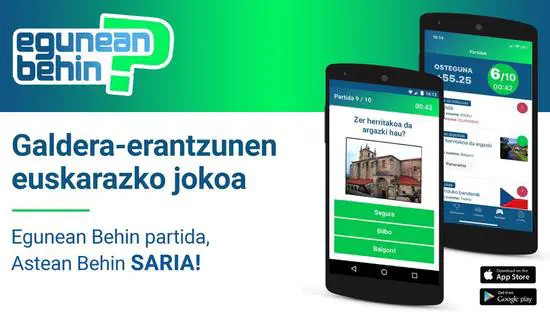
Egunean Behin Visual Question Answering Dataset
This is a Visual Question Answering dataset based on questions from the game Egunean Behin. Egunean Behin is a popular Basque quiz game. The game consists on answering 10 daily multiple choice questions.
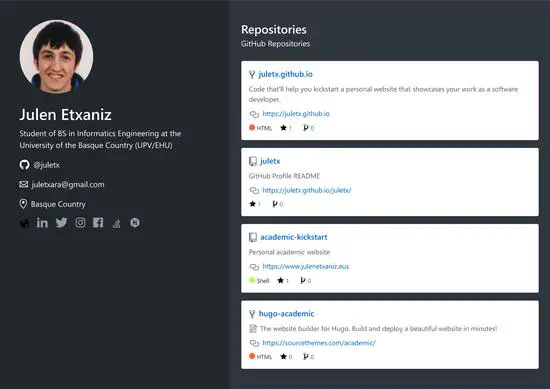
GitHub Webgunea
GitHub webgune pertsonala, atal hauek dituena: argazkia, deskribapen motza, esteka sozialak eta GitHub-eko errepositorioak eta gaiak.
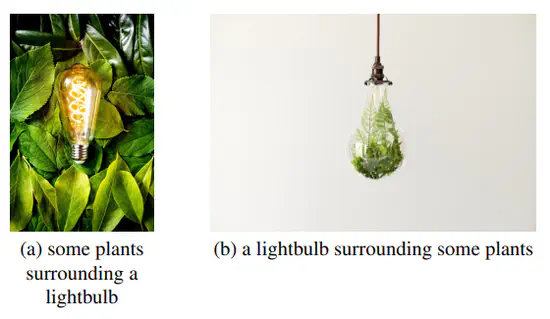
Grounding Language Models for Spatial Reasoning
Grounding Language Models for Spatial Reasoning
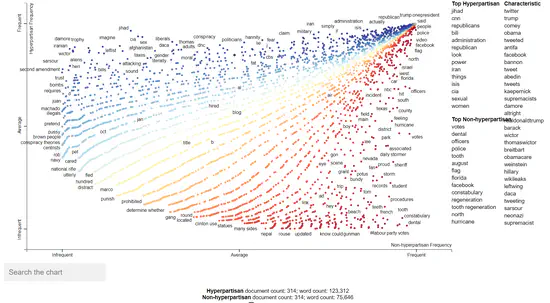
Hyperpartisan News Analysis With Scattertext
Hyperpartisan News Analysis With Scattertext
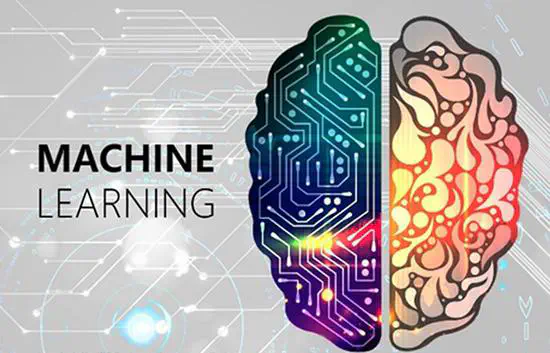
Machine Learning and Neural Networks lectures
Machine Learning and Neural Networks lectures.
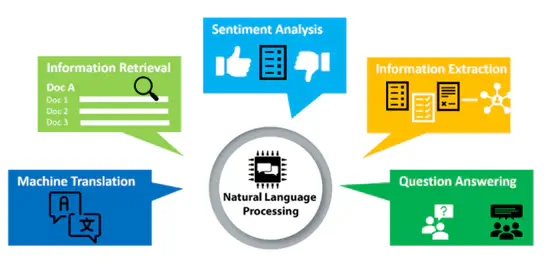
NLP Applications I - Text Classification, Sequence Labelling, Opinion Mining and Question Answering
NLP Applications I - Text Classification, Sequence Labelling, Opinion Mining and Question Answering slides, labs and project.
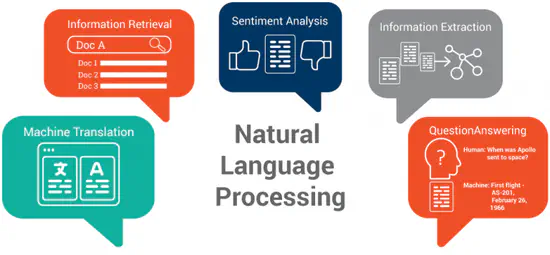
NLP Applications II - Information Extraction, Question Answering, Recommender Systems and Conversational Systems
NLP Applications II - Information Extraction, Question Answering, Recommender Systems and Conversational Systems slides, labs and project.
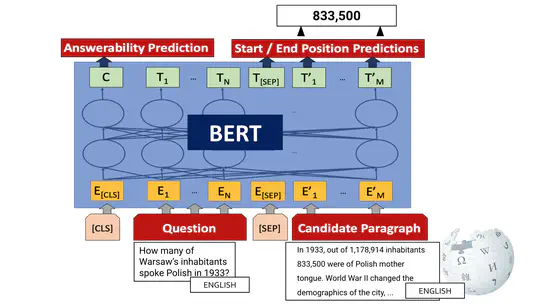
Zero-shot and Translation Experiments on XQuAD, MLQA and TyDiQA
Zero-shot and Translation Experiments on XQuAD, MLQA and TyDiQA
Kontaktua
- juletxara@gmail.com
- linkedin.com/in/juletxara
- twitter.com/juletxara
-
Informatika Fakultatea, Manuel Lardizabal Ibilbidea, 1
20018 Donostia, Gipuzkoa, Espainia - 314 bulegoa 3. pisuan
- Astelehena - Osteguna 10:00 - 17:00
